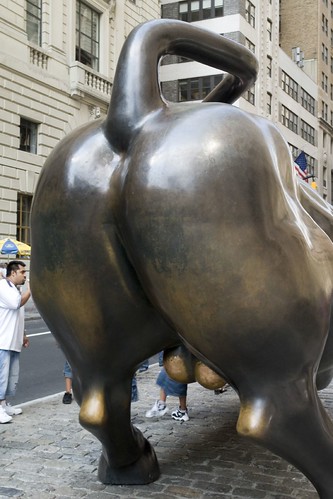
“Riding Wind Will Disperse, Entering the Boundary of Water It Stops”, these are the definition of FengShui, the genesis of the term wind and water from the burial classic. One important keyword is to ride wind and the question is how?
Perhaps reading the same notion as when wind moves, Qi moves, when Qi stops, water coagulates may bring about entirely different meaning…
First, to receive water, second, is to store wind. These are the two most important aspects of FengShui. Coincidentally this is also the two slices of the same TaiQi. To ride wind, is to first ride Qi. Similar to ride a horse, one has to sit on the horse. The notion of riding could not be possibly be opening the legs and allowing the horse to pass through. By the same token to ride on Qi, the property or grave has to sit on the source of Qi itself. Opening of the door to received Qi is not riding Qi, but of storing Qi. This is one great misconception that had plagued many…
Receiving Qi is secondary. To receive and to store Qi, the formation must be in placed such as the embraces, Parent Mountain, Table Mountain and bright hall are all coming together. The Chinese term this formation, as the four guardian paying attention. However, this is not necessary or warranted for riding Qi. Imagine, how many places have the four guardian paying attention? Not many indeed and yet within such common places there are still good Qi.
It is true that many well to do personalities do not originate from the so called, premium FengShui vicinity where the guardians are present. Many come from a humble beginning, yet most FengShui theory disseminated to date state otherwise that good FengShui vicinity must only be premium locations where the formations must be present to support the coagulations of Qi. Such is again, another great misconception and should this be the much prized FengShui techniques, the battle would have been half lost.
To store wind is secondary, to ride wind is primary. Yet many modern day advocates propagate the manner of storing wind as primary. The much heard notion of tapping Qi is in fact, storing Qi. To tap Qi, the formation must be present of which the table mountain must be at the correct height, which enable the practitioner to tap his hand against the tip apex of the Table Mountain, in the horizon. This process to tapping is known as to tap Qi. The entire phenomenon of measuring the environment or precisely measuring the embrace and table mountain by means of the human anatomy is to establish the quality of the bright hall. Failure to determine the two slices of the bright hall, any attempt to establish facing to tap Qi will be greatly compromised.
To ride wind, is to ride internal Qi, to store wind is to receive external Qi. Any property that is build must have a sitting and a facing. The definition of sitting and facing is varied, yet its crust meanings of sitting and facing stem from two more important notions of location and direction. Every entity that is placed on ground has a location as a reference point, datum or in the FengShui term, is a TaiQi spot. This TaiQi spot is independent on its own accord and yet dependent with the rest of the TaiQi spots, to form its centre of the greater TaiQi. In this dependency, the direction comes into play.
Qi is everywhere and every direction has Qi, similarly every direction has the 5 elements. These 5 elements are not static element. To say East has only wood element is grossly erred. To be précised, East direction refers to the eastern arm of the HeTu has the property of wood and this notion is entirely different from the actual direction of the East which has all the properties of the 5 elements in transition and motion…
To ride wind is to locate a spot that will receive internal Qi. Such is called establishing the sitting. The term to sit is corresponding to a seat. A seat is a location on the ground extracting the internal Qi and is called a Xue. Because there are 5 elemental internal Qi, there are only 5 types of Xue of wood, water, earth, fire and metal. Riding Qi is to establish these 5 types of Xue. This is primary.
To store wind is to face towards the external environment to receive external Qi. Such is called the establishing of the facing. The term to face is corresponding to a view. A view is a vector derived from the rebounding Qi of the environment tinwards. The key of receiving such external Qi greatly depends on the quality of the bright hall. The interstices of the two slices will marry in the bright hall.
There is a saying that bright hall eliminates killing Qi. This may not be true if the quality of the bright hall is bad, as one may be swallowed by the bright hall. Such constituency of bright hall and the environment is called external structure. Because there are only 4 structures of external rebounding Qi, there are only four structures of wood, water, fire and metal. Storing Qi is to establish the correct facing in corresponding to the spot. This is secondary.
Because the nature of external Qi is rebounding, it takes time to tap into rebounding Qi and could be greatly weakened. Therefore, it becomes secondary. Otherwise it will be wiser to tap directly into the internal Qi. This is primary. So, next time when one decide to move along SanHe or XuanKong, asked oneself which has the primary and which has not.
This is FengShui…









































